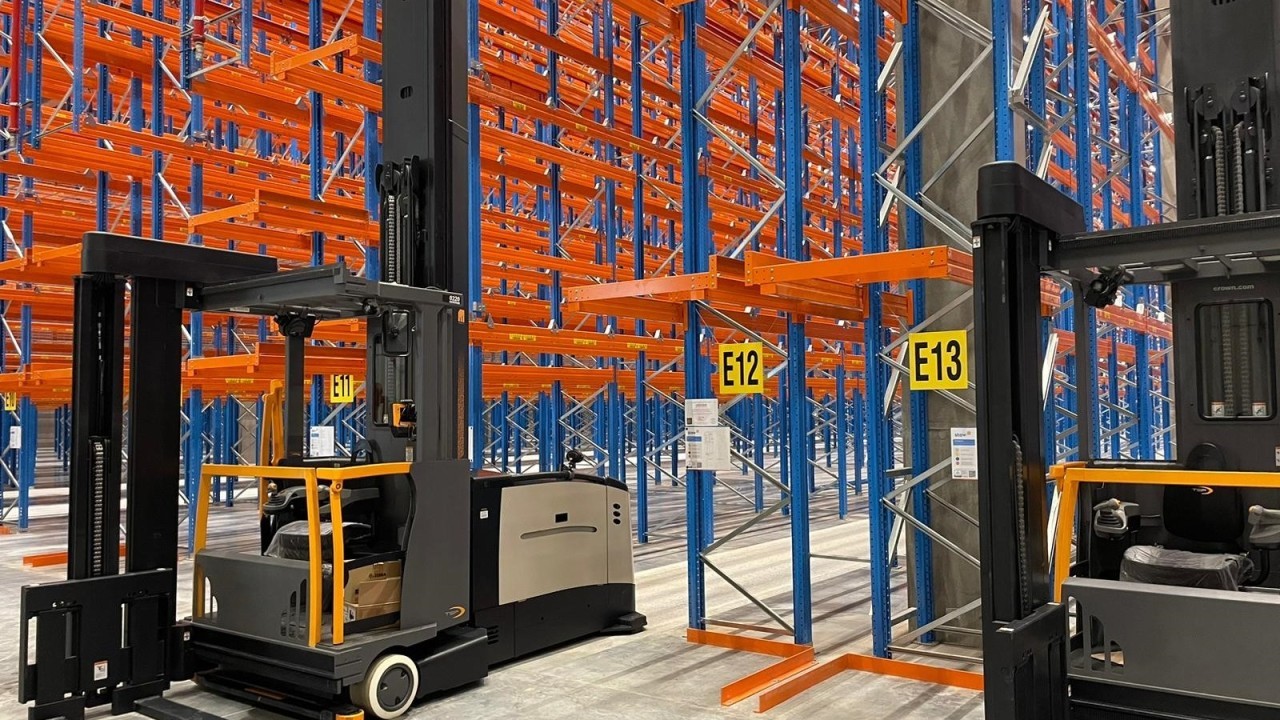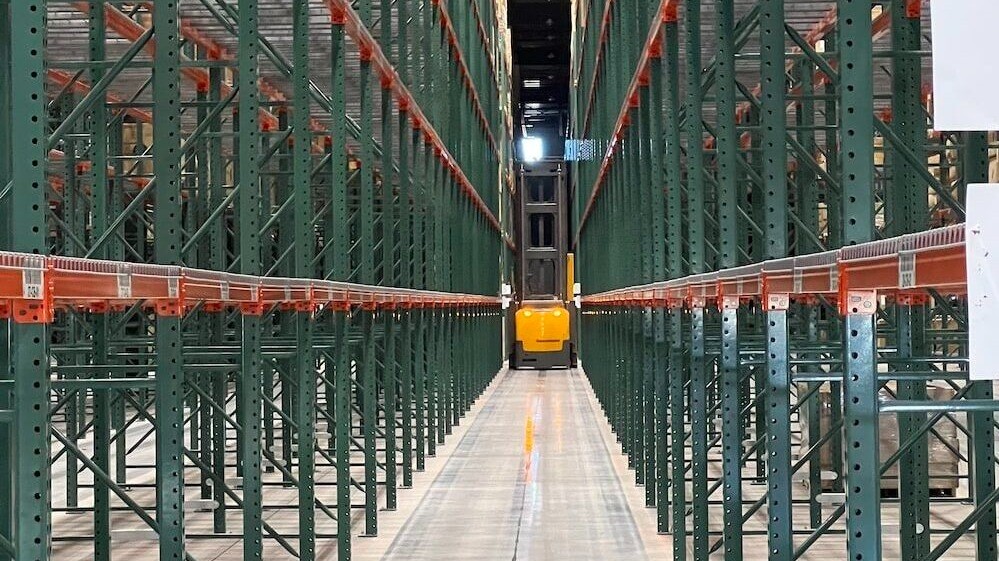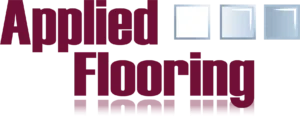Polished concrete flooring is considered sustainable due to its durability, energy efficiency, low maintenance requirements, the potential for reusing existing materials, and contribution to better indoor air quality. Compared to other flooring options, it often has a lower environmental footprint and is a practical choice for environmentally conscious building and design.
Excellent reflectivity and light dispersion are two key factors that make polished concrete a sustainable option for flooring and other applications.
Energy Efficiency
Many researches have demonstrated that adequate lighting can enhance employee productivity and mood. Technology advancements have allowed energy-saving and environmentally friendly lighting solutions to become more prevalent in workplaces. Industrial warehouses are now investing in advanced and energy-efficient lighting options. Unfortunately, lighting engineers cannot regulate reflection, which remains challenging to control.

Reflectivity: Polished concrete has a high level of reflectivity, which means it can bounce back a significant amount of natural and artificial light. This property reduces the need for additional lighting in indoor spaces during daylight hours. Less reliance on electric lighting can lead to substantial energy savings and lower electricity bills, making it an environmentally friendly choice.
How to control it?
When starting a project with a new or existing slab, the first evaluation will determine the flatness of the slab and any scratches and gouges that require removal. As illustrated below, the floor surface could be more consistent in terms of flatness and scratch-free surface. An uneven floor leads to uneven reflectivity and clarity. The black arrows indicate incoming light, while the colored arrows indicate reflected or refracted light. Due to the floor’s irregularities, light is refracted in a random pattern rather than being uniformly reflected as it would be on a well-ground and polished floor.
When working with concrete surfaces, creating a proper scratch pattern is crucial. Each pass of the diamond tool leaves behind a unique scratch pattern, and it is essential to take your time with each pass to ensure consistent grinding or polishing across the entire surface. Ensuring that the diamonds cover every square inch evenly for the best results.
Once you’ve eliminated any unwanted scratches or irregularities using the lowest grit diamonds, you’ve completed nearly 90% of your task. Each successive diamond’s primary goal is to eliminate the scratch pattern left by the previous diamond, creating a smooth and polished finish with an even scratch pattern across the entire surface.

Whenever you leave a deep scratch or a “bird bath”, where the diamonds have not performed correctly, you will get refraction of the light, as opposed to a consistent reflection of the light. This creates a void, or dark area, in the reflection on the floor. Take your time with each grind and continually evaluate your work as you proceed. To fix a missed scratch after having moved on through the subsequent grits requires you to regrind an area far greater than the area of the immediate scratch.

Summary
After the concrete slab is ground, the top layer is removed, exposing the lighter concrete beneath, which is more reflective and suitable for polishing to achieve the desired sheen. This results in a less gouged floor by forklifts and more reflective, refracting light instead of absorbing it. Additionally, the Light Reflectance Value (LRV) can be increased by 75%, resulting in clearer impressions of the light bulbs on the floor. This increase in LRV also provides practical benefits such as low maintenance requirements and contributes to better indoor air quality.
- Increased Energy Savings
- Better Quality Control
- Increased Employee Morale
- Improved Company Image
- Safety Improvements
These improvements are documented in the ANSI, Lighting Standards Document. “Proper illumination is essential for the optimization of safety, comfort, and productivity in the workplace; workplace lighting also dictates the quality of perception, mood, and performance levels of employees.”
In summary, polished concrete’s great reflectivity and light dispersion contribute to its sustainability by reducing energy consumption, mitigating urban heat island effects, promoting durability and low maintenance, minimizing material consumption, and supporting local sourcing practices. These factors make it an eco-friendly choice for various architectural and design applications.






